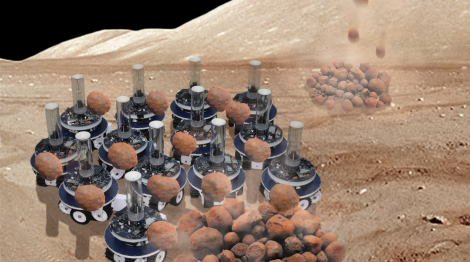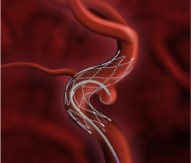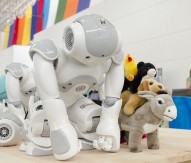
Artificially evolved robots found to self-organise tasks
Darwinian selection can be used to evolve robot controllers able to efficiently self-organise their tasks, a group of scientists have found.
Taking inspiration from the way in which ants organise their work and divide up tasks Eliseo Ferrante of KU Leuven, who received funding from the European Research Council, as well as other scientists, created complex robot behaviours using artificial evolution and detailed robotics simulations.
Just like social insects such as ants, bees or termites, teams of robots display a self-organised division of labour in which the different robots automatically specialised in carrying out different subtasks in the group. The field of ‘swarm robotics’ aims to use teams of small robots to explore complex environments, such as the moon or foreign planets. However, designing controllers that allow the robots to effectively organise themselves is no easy task.
The novel method developed by the team of scientists from the University of Leuven and the Free University of Brussels, Belgium, and the Middle East Technical University, Turkey, is based on grammatical evolution and allows the evolution of behaviours that go beyond the complexity achieved before this study.
This project is titled ‘E-SWARM: Engineering Swarm Intelligence Systems’ and the type of ERC funding received was an Advanced Grant. The new research is published in PLOS Computational Biology.




